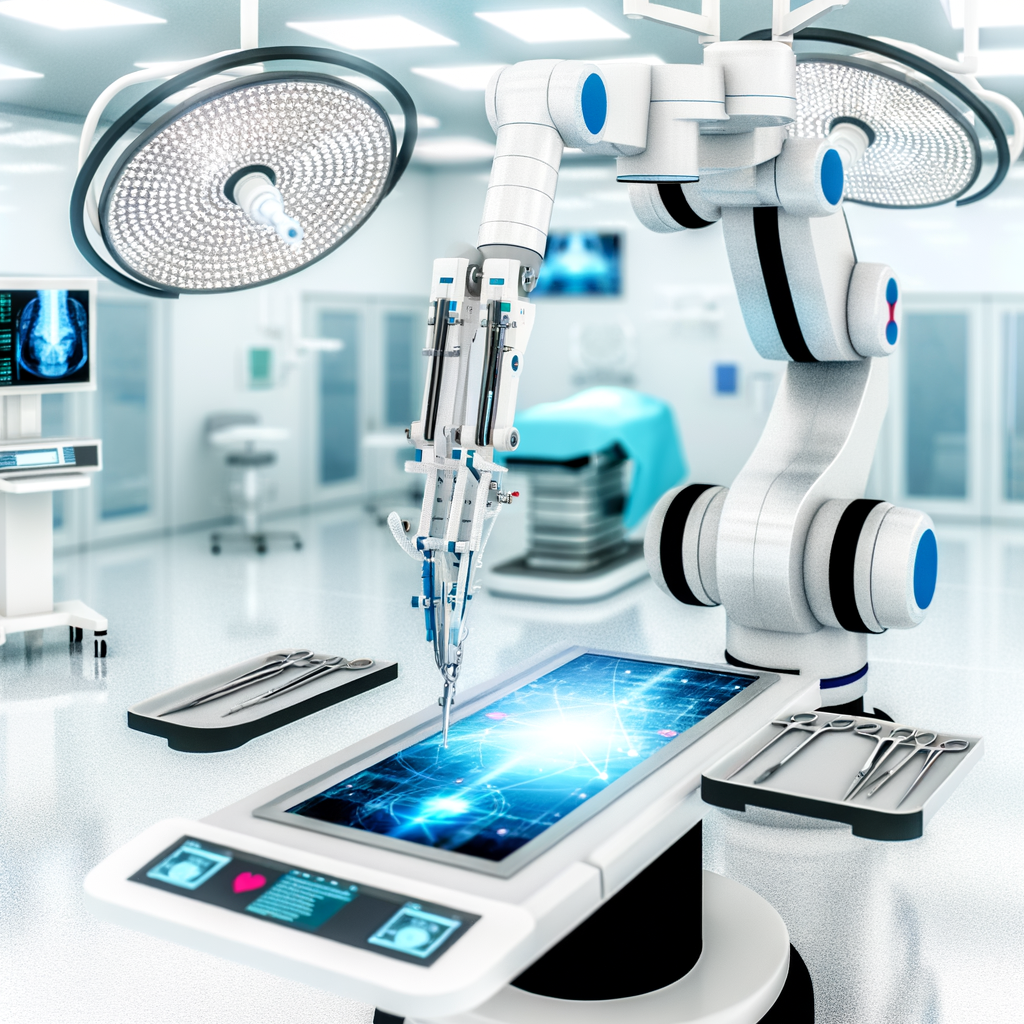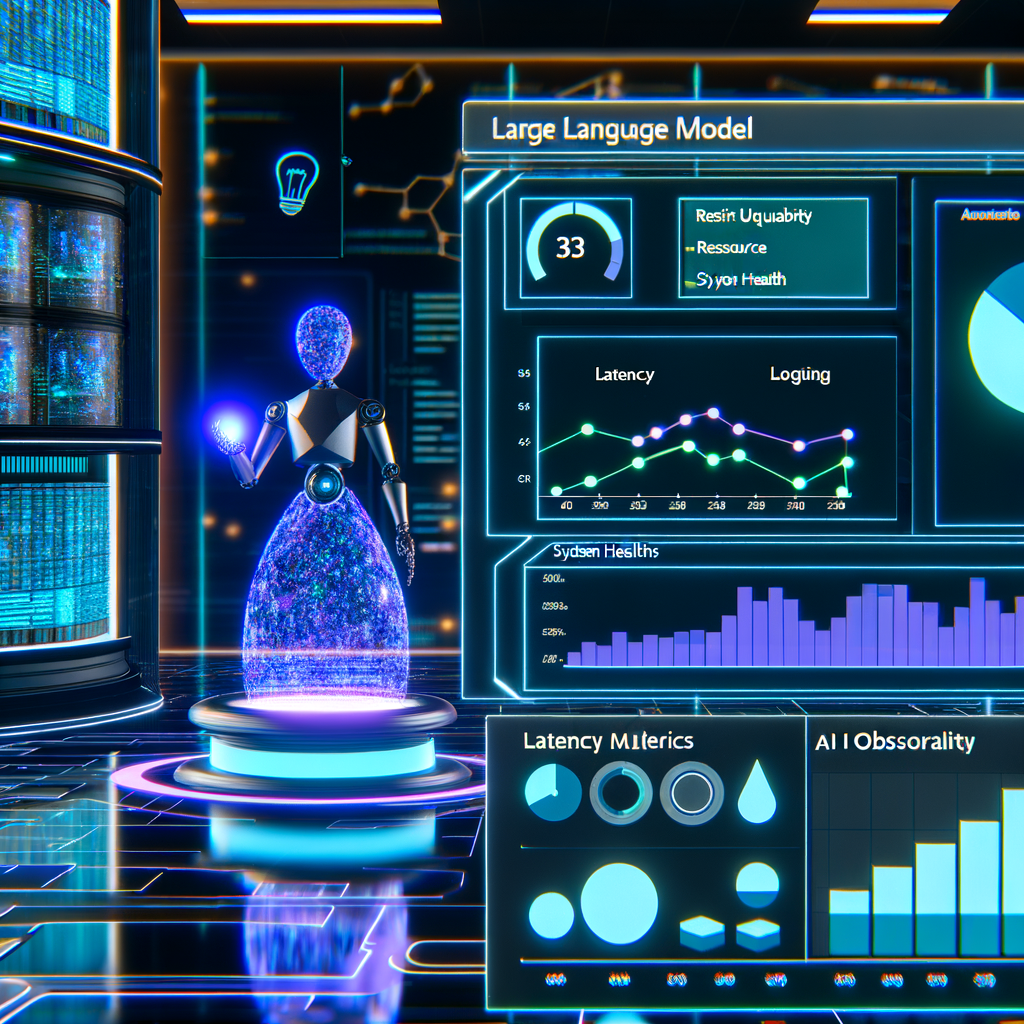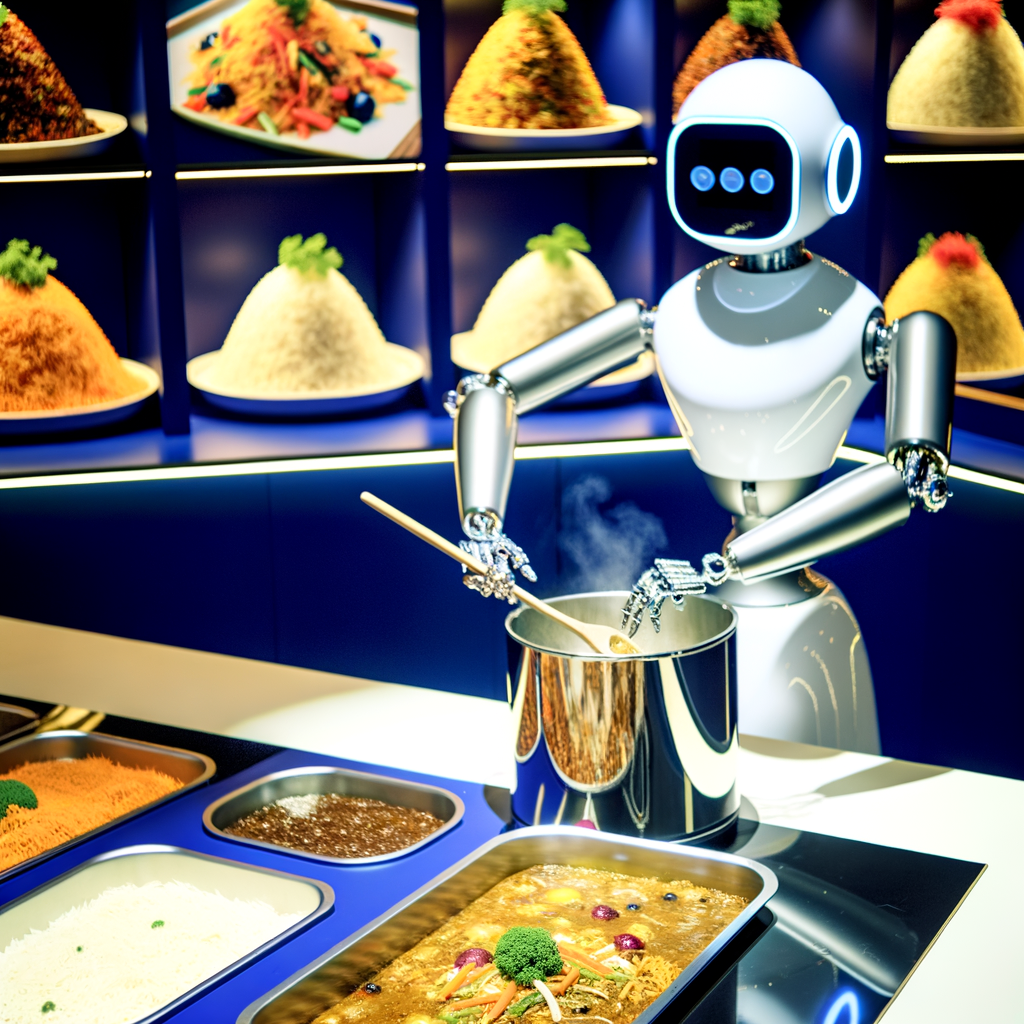J&J Ottava IDE Approval: Stepping Into the Future of Surgical Robotics
When we think about the future of surgery, what typically comes to mind is the introduction of minimally invasive procedures, high precision, and algorithms that aid surgeons in making real-time decisions. With the latest FDA Investigational Device Exemption (IDE) approval for Johnson & Johnson’s Ottava Surgical Robot, all these visionary ideas might now become a reality sooner than we thought.
After years of development, bottlenecks, and patient anticipation, Johnson & Johnson’s Ottava has finally crossed a critical milestone in what could soon be an industry-defining moment in surgical robotics. This IDE approval signals that Ottava is ready to test its prowess in real clinical trials, and no one in the robotics or healthcare community is doubting that this is huge news. Let’s explore what this monumental step could mean for the industry, surgeons, and patients alike.
### The Big Picture: Why Ottava Matters
Surgical robotics is no longer a budding field – it’s a billion-dollar market. Yet, while robotics have been revolutionizing industries like manufacturing for decades, its adoption in operating rooms has always come with hesitation. The challenge for most players has been to create a technology that enhances surgeon capabilities without introducing excessive complexity.
Enter Ottava.
Ottava, Johnson & Johnson’s robotic surgery system, promises to be far more than just a mechanical assistant. Unlike many of its competitors, J&J’s platform is designed to deliver intuitive workflows, enabling surgeons to maintain control during complex procedures but with advanced precision brought by automation.
But why should anyone care about another robotic system in the already competitive surgical robotics market?
Here’s why Ottava is aiming to stand out:
### The Importance of the FDA’s IDE
An Investigational Device Exemption (IDE) is the gateway through which any innovative medical technology must pass before it is tested on human subjects. This IDE approval marks the formal beginning of clinical testing for J&J’s Ottava, a critical step that could potentially lead to broad regulatory acceptance if the trials reveal the type of high effectiveness anticipated.
This is major news, as the journey to IDE approval was anything but smooth sailing for the Ottava platform. Delays, COVID-related production slowdowns, and the ever-present hurdles in government regulation had pushed Ottava’s timeline back from its initial 2020 projections.
But like any refined masterpiece, careful development takes time.
With the IDE granted, Ottava can now be tested in real surgeries, within real operating rooms, with human patients, giving Johnson & Johnson the insight it needs to prove worth and tweak any technical areas of concern before aiming for the ultimate goal: full FDA approval.
### The Competitive Landscape: Too Many Suitors?
Johnson & Johnson faces formidable competition in the robot-assisted surgery market, which has been largely dominated by Intuitive Surgical and their iconic Da Vinci robot. Other big-name players include Medtronic, Smith & Nephew, and several start-ups venturing into this space.
However, analysts are already positioning Ottava to be a strong contender despite being a later entrant. Why? Because of Johnson & Johnson’s deep experience in healthcare, its enormous potential marketing clout, and a product that’s differentiating itself with advanced features that surgeons actually want to use.
Ottava’s six-arm architecture and smart workflow innovations are some of the main differentiators that could allow J&J to capture significant market share, even when pitted against long-time robotic surgery giants.
### What Can Surgeons & Hospitals Expect?
One of the biggest concerns from surgeons and hospital administrators when considering robotic systems has been training, ease of use, and overall adoption curves. Robotic systems tend to be expensive and complex, making them prohibitive to many outpatient facilities or public hospitals with limited budgets.
However, J&J’s approach has been highly surgeon-focused. They’re working to create both an advanced training platform and an intuitive interface that helps users adapt quickly—and cut down overall surgery times. This blend of training + user interface could prevent the most significant barrier to entry for hospitals adopting robotics: widespread surgeon hesitation.
Additionally, because Ottava has upgradeable architecture, hospitals will also benefit financially from not having to invest in brand new systems as additional capabilities or surgical procedures emerge over time.
### What’s Next?
With the IDE approval now secured, the next phase involves extensive clinical trials. These trials will be the proving ground where Ottava’s theoretical advantages meet the rigor of real-world conditions. Surgeons will soon be operating using J&J’s latest innovation, and it will be fascinating to see the outcomes, not just in terms of patient results but also in how the surgical community reacts to a newcomer.
If the results are promising, Johnson & Johnson could soon be tapping into a rapidly expanding global surgical robotics market expected to reach $12.6 billion by 2025. But that’s no guarantee unless Ottava proves to be the real deal.
The stakes? Incredibly high. But so too are the rewards.
### Final Thoughts: A Game-Changer?
While it might seem premature to call Ottava the future of robotic surgery outright, there’s no denying that its IDE approval is a massive leap in the right direction. J&J has its eyes firmly fixed on leading this market, and with the Ottava system bringing advanced integration, flexibility, and intuitive use to the table—it’s hard not to get excited.
We’ll continue to watch closely as clinics put Ottava to the test. If the stars align, this could be Johnson & Johnson’s surgical robot delivering on the promise that many have been waiting for: revolutionizing the operating room for the future surgeon and patient alike.
– Will Ottava surpass Da Vinci?
– Will surgeons embrace the six-arm innovation?
The answers to those questions will soon be revealed.
For now, one thing is sure: The robotic surgery race just got a lot more interesting.



